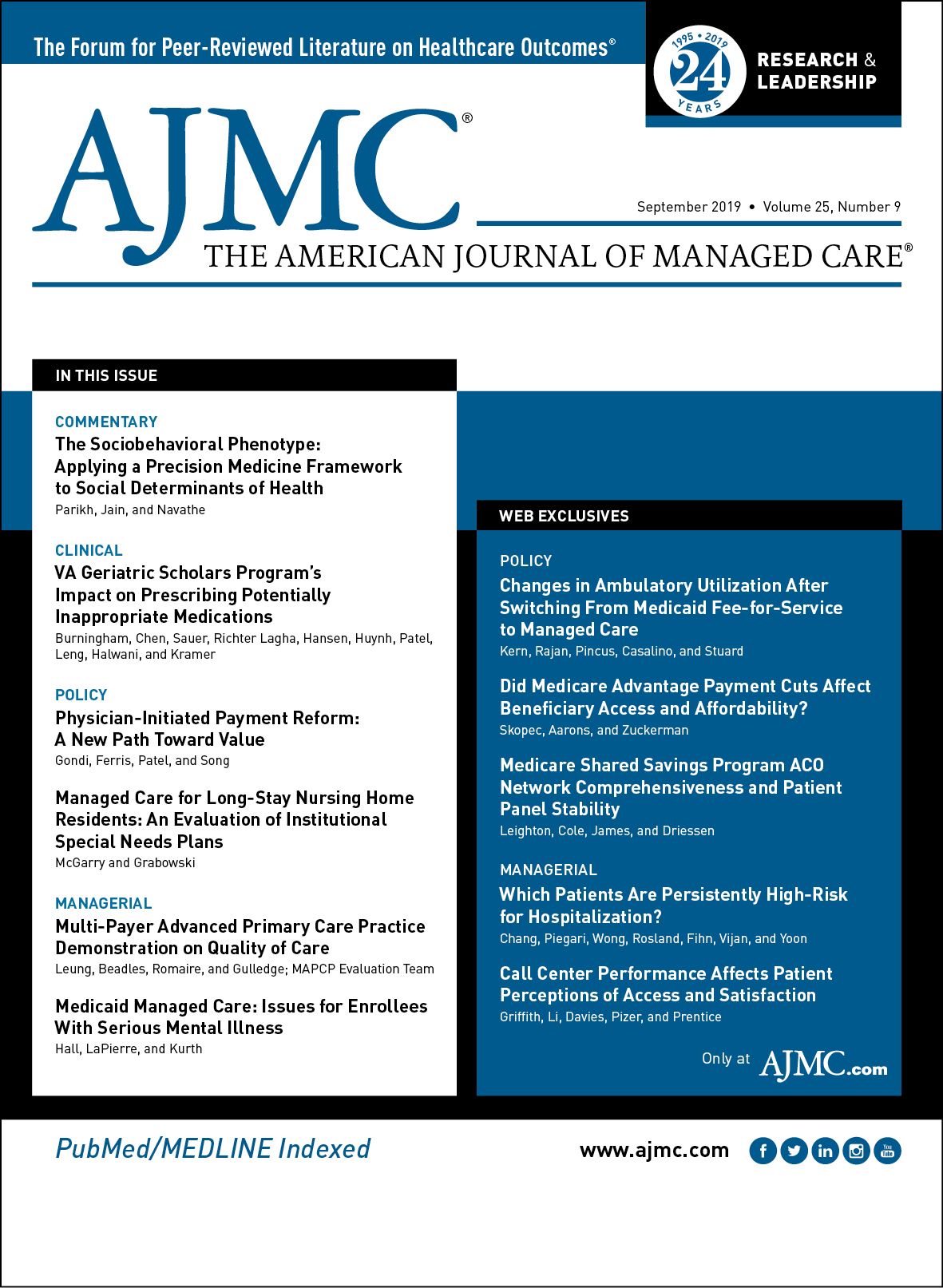- Center on Health Equity & Access
- Clinical
- Health Care Cost
- Health Care Delivery
- Insurance
- Policy
- Technology
- Value-Based Care
From the Editorial Board: Jan E. Berger, MD, MJ
Growing up in the 1960s, I watched a great deal of television. Two of my favorite shows were The Match Game and Marcus Welby, MD. Little did I know that these 2 television shows would form the basis for my future viewpoints in medicine.
I started my healthcare career as a practitioner in the early 1980s. At that time, education on patient care was based on what our predecessors had done, not unlike other professions that use an apprenticeship model. My professors and attendings practiced medicine like Marcus Welby did, using what knowledge they had about the patient and what had worked in the past for other patients. This is not to say that the education was not based on science—it was just that the science was collected and utilized in a fashion that was often less formal and more anecdotal. I would consider this the age of “provider preference—based medicine.”
Along came the age of evidence-based guidelines and care, when we began looking at patients as part of a population. This movement toward population health was very exciting to me, as treatment was based on what had worked best for a large portion of the population. It gave those of us practicing medicine a roadmap to quality care and brought us nearer to practicing high-quality care in a cost-effective manner. Some physicians pushed back on population health and evidence-based guidelines by calling the model “cookbook medicine,” but many others found the model to be logical, science based, and quality focused.
Over the next few years, the next generation of evidence-based medicine began forming: personalized medicine. Organizations began to divide populations into subgroups through predictive modeling, personas, and other segmenting methods. It seemed that interventions were no longer looking at populations as a whole but greater personalization within a population.
We are now entering the next level of care, that of precision medicine. Some speak of precision medicine in the realm of oncology. That is not what I am talking about. With mapping of the human genome completed in 2003, we began to understand the differences in each of us and how these differences can be translated into care at the patient level.
This does create a conundrum for our system. How do we begin to create systems that take evolving science and put it into our care algorithms at a more individualized level? How do we use this knowledge to answer the Match Game? How do we match the intervention of care to the right person? We are spending millions of dollars on the many modalities of identification and treatment but are not doing it with the precision that is now possible, creating unnecessary expense and suffering.
Is it the end of population health or just the beginning? I believe that precision medicine takes population health to the next level. They are 2 sides of the same coin. Population health is science-based care that works from the top down, looking at the population as a whole and then translating that care down to the individual level. Precision medicine begins at the subpopulation or individual level and then builds upward. Let’s take the personalization of care from Marcus Welby and combine it with the precision of the Match Game. This model would be a win for us all.

Managed Care Reflections: A Q&A With Laurie C. Zephyrin, MD, MPH, MBA
November 12th 2025To mark the 30th anniversary of The American Journal of Managed Care, each issue in 2025 includes a special feature: reflections from a thought leader on what has changed—and what has not—over the past 3 decades and what’s next for managed care. The November issue features a conversation with Laurie C. Zephyrin, MD, MPH, MBA, senior vice president for achieving equitable outcomes at the Commonwealth Fund. This interview has been edited for length and clarity.
Read More

